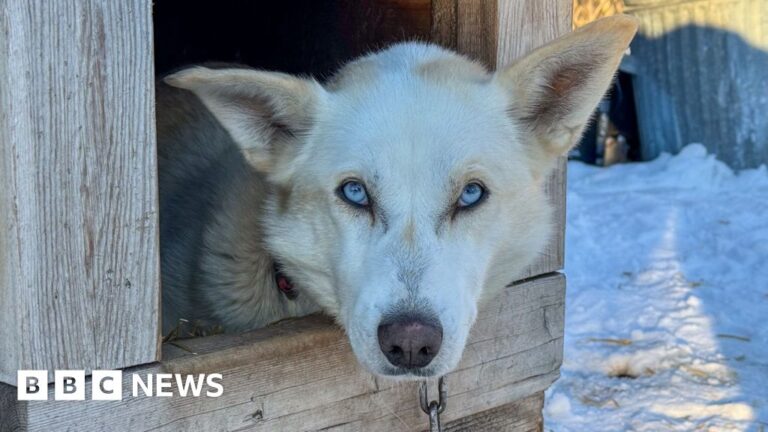The East and West Midlands have officially entered drought, joining the North West and Yorkshire, after yet another hot and dry spell of weather. England’s driest start to the year since 1976 has left many rivers across the Midlands at extremely low levels. Declaring a drought is a public sign that water companies might introduce restrictions on water use if they aren’t already in place. Droughts are driven by natural weather patterns, but climate change and our growing use of water are raising the risks of water shortages.
The National Drought Group is made up of the Environment Agency, government, Met Office, water companies, and others, and manages preparations for dry conditions in England. It met on Tuesday morning and announced that it had “stepped up” its response, adding that conditions in the Midlands had deteriorated since early June. Most of the rest of England is in a status of prolonged dry weather – the category below drought – except for parts of the South West, East, and South East.
England had its driest spring in more than 100 years, followed by its warmest June on record. Some areas experienced three heatwaves in quick succession in June and July, with the intense warmth drawing more moisture out of the soil. The dry conditions can even be seen from space, with much of England much browner than usual. That parched ground can have serious impacts on nature and farming.
The River Derwent in the East Midlands, which provides water for three million people, is at its lowest level ever recorded. Low river levels are having serious consequences for the environment. The EA declares droughts in England based on reservoir levels, river flows, and how dry the soil is, alongside long-term weather forecasts. England is in a better place than it was in the infamous drought of 1976, which was preceded by a dry 1975.
If further droughts are declared, it does not automatically mean that hosepipe bans will be put in place, but these can often follow. Hosepipe bans have already started for millions of people in Yorkshire. Bans in other regions, such as parts of Kent, Sussex, and the Thames region, will come into effect in the second half of the month, but these places are not in drought status at the moment.
Without further “substantial” rain, some water companies may need to implement further drought measures, including more hosepipe bans. The public can play an important role by reducing water use in homes and gardens, while water companies need to take action to reduce leaks. The EA warned last month that England’s water supplies could face a shortfall of six billion liters a day by 2055 without dramatic action, driven by rising temperatures, population growth, and other factors.
Climate change is expected to lead to drier summers on average, while more intense heatwaves mean more water can be lost via evaporation.
Source link




